Nanoscale Advances is delighted to announce on open call for our upcoming special themed collection
High throughput synthesis, characterisation and optimisation of nanomaterials
This themed collection is being guest edited by
Dr Philip D. Howes (University of Sussex, United Kingdom)
Dr Caterina Minelli (National Physical Laboratory, United Kingdom)
Dr Michael Thomas (University College London, United Kingdom)
Dr Catherine Hansel (Novo Nordisk, United Kingdom)
A themed collection focussing on:
- Pioneering Nanotechnology and Biotechnology: Topics exploring how high-throughput methods and automation are enabling breakthroughs in nanomaterials design and development with transformative potential in fields such as medicine, energy, and environmental science.
- Advancing High-Throughput Synthesis: Studies focusing on scalable and efficient approaches to synthesising nanomaterials with precise control over their properties e.g. size, shape, and composition.
- Innovations in Characterisation Techniques: Research into high-throughput analytical tools designed to rapidly and accurately characterise the properties of nanomaterials.
- Accelerated Optimisation: Research focused on rapid and/or automated optimisation of nanomaterials synthesis processes or product properties
- Data-Driven Approaches in Nanotechnology: Investigations leveraging automation, artificial intelligence, machine learning, and big data analytics to accelerate discoveries and innovations in nanomaterial research.
- Cross-Disciplinary Applications: Contributions demonstrating the role of high-throughput nanomaterials research in cross-cutting areas such as medical, renewable energy, catalysis, water purification, environmental remediation, advanced electronics, food safety, wearable technologies etc.
This call for papers is open for the following article types:
- Communications
- Full papers
- Reviews
Submissions should fit within the scope of the collection and Nanoscale Advances. Please click on the journal link for more information on the journal’s scope, standards, article types and author guidelines.
Open for submissions until 17th September 2025
How to submit
If you would like to contribute to this themed collection, you can submit your article directly through the Nanoscale Advances online submission system. Please mention that this submission is an open call contribution to High throughput collection in the “Themed issues” section of the submission form and add a “Note to the Editor” that this is from the Open Call.
Please note that all submissions will be subject to initial assessment and rigorous peer review, if appropriate, to meet the usual high standards of Nanoscale Advances.
If accepted, your article will be added to a usual issue of the journal where you will receive your page numbers and added to our online collection for extra visibility.
If you have any questions about the journal or the collection, then please contact the editorial office and they will be happy to answer them.
















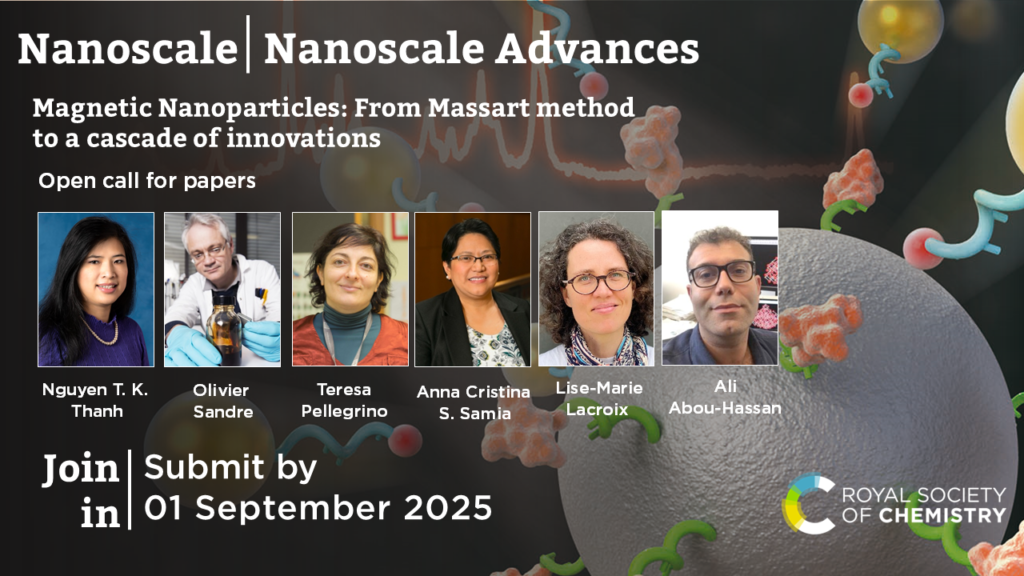
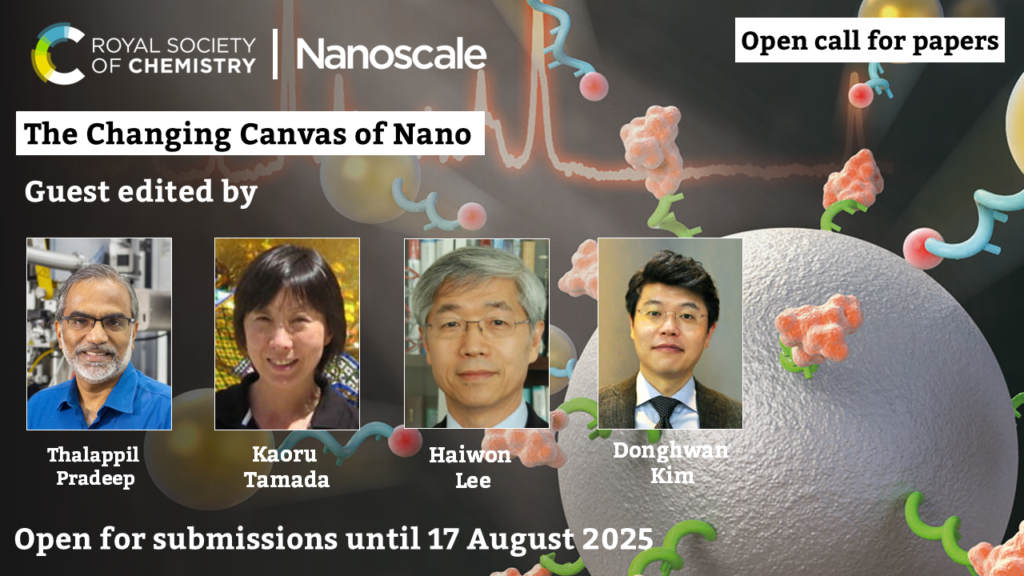


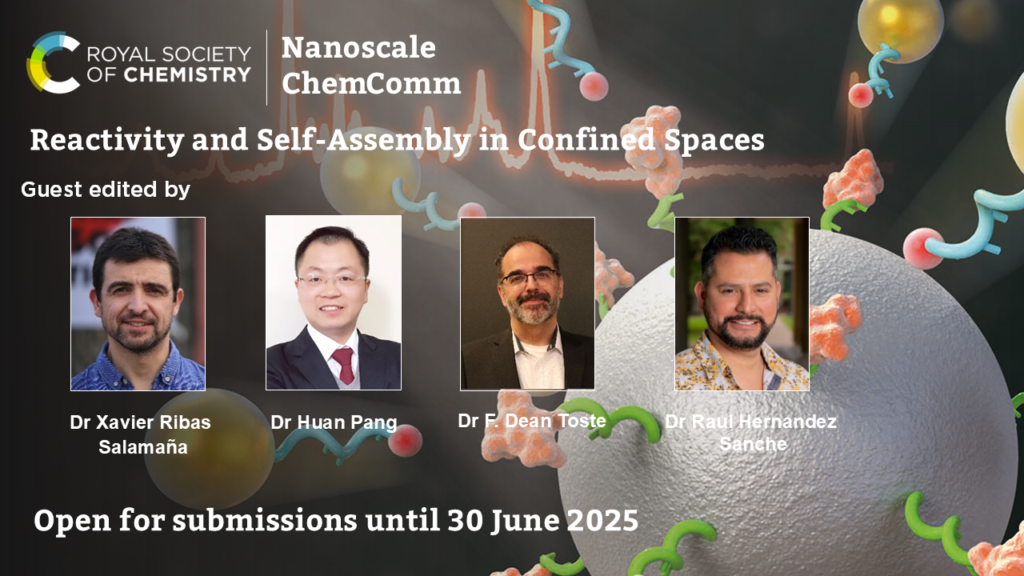
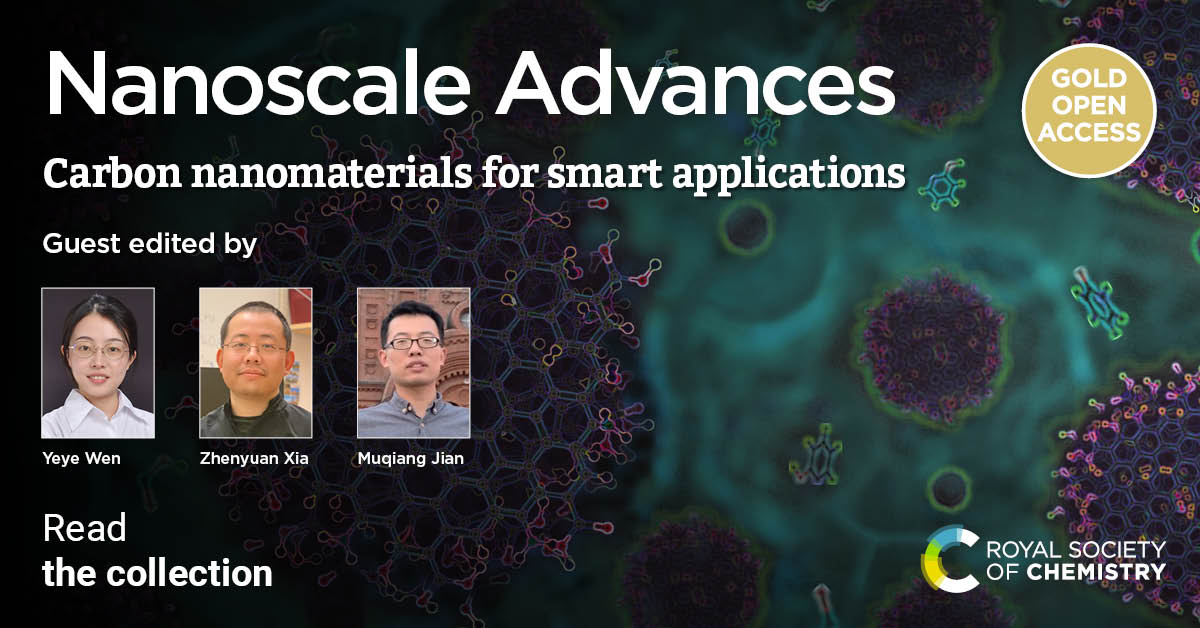

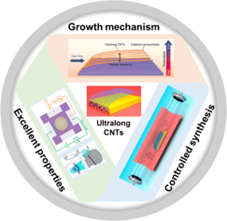
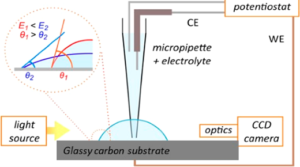
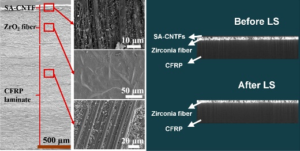
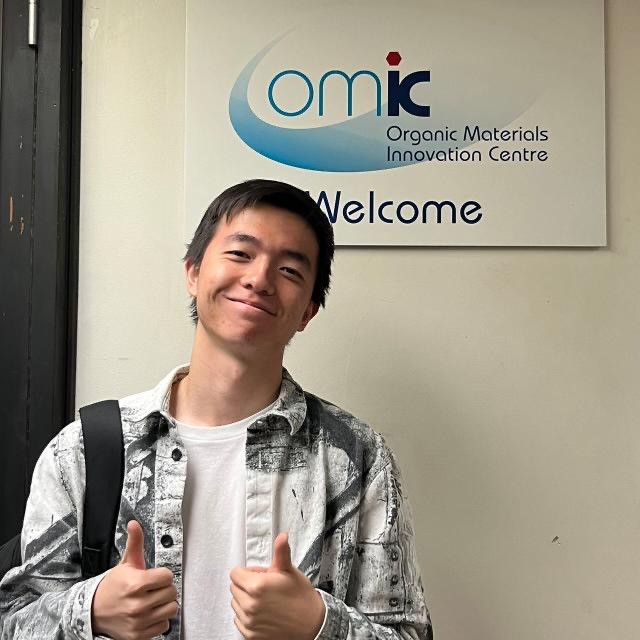

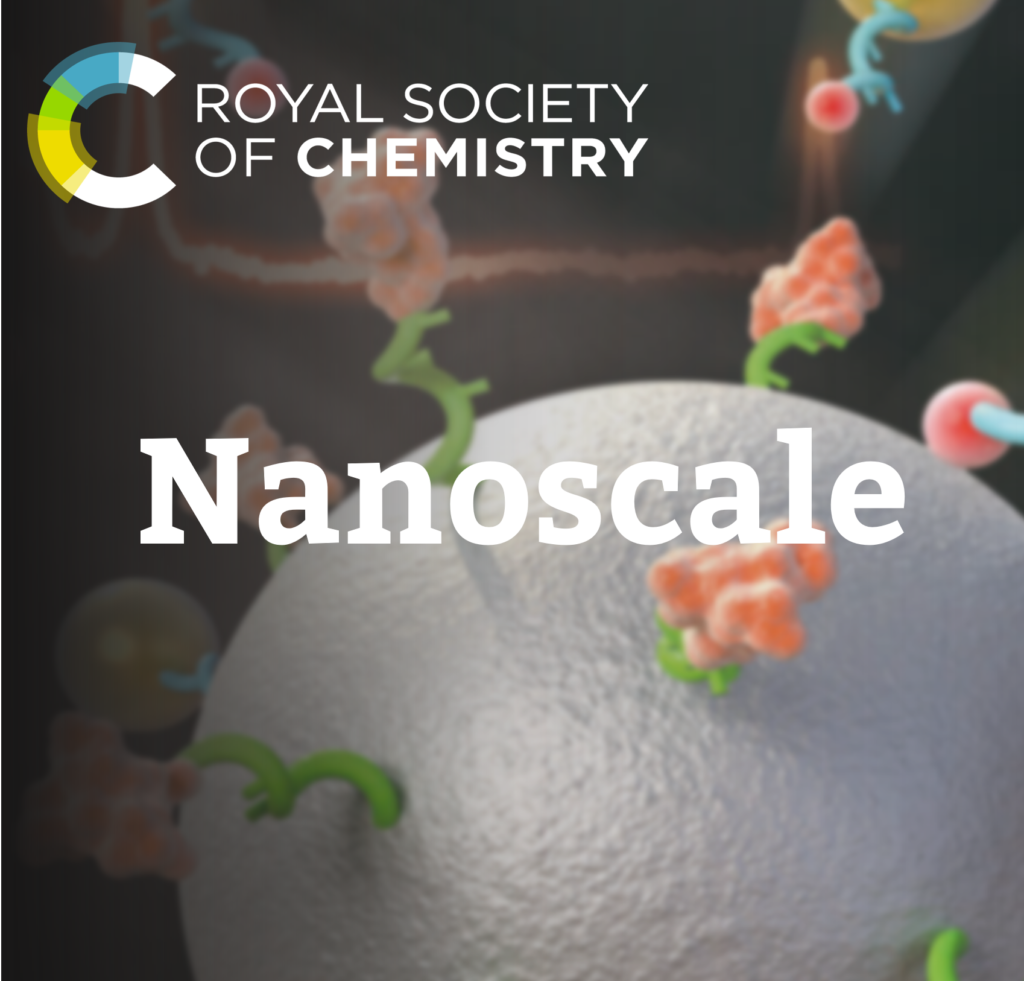
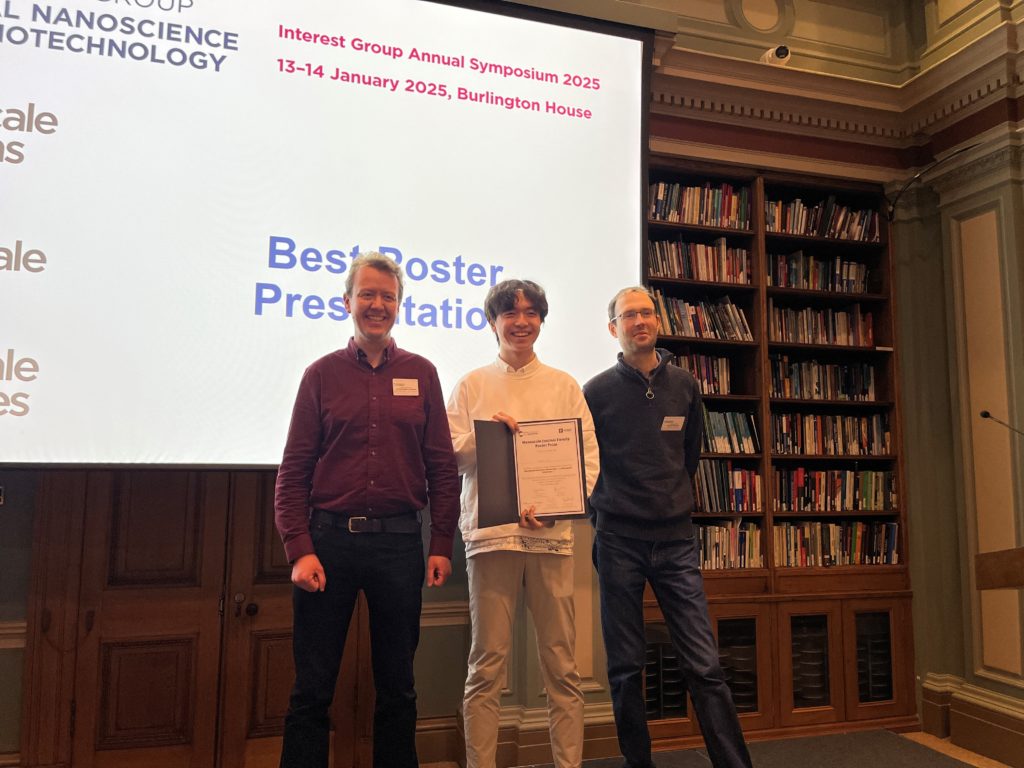
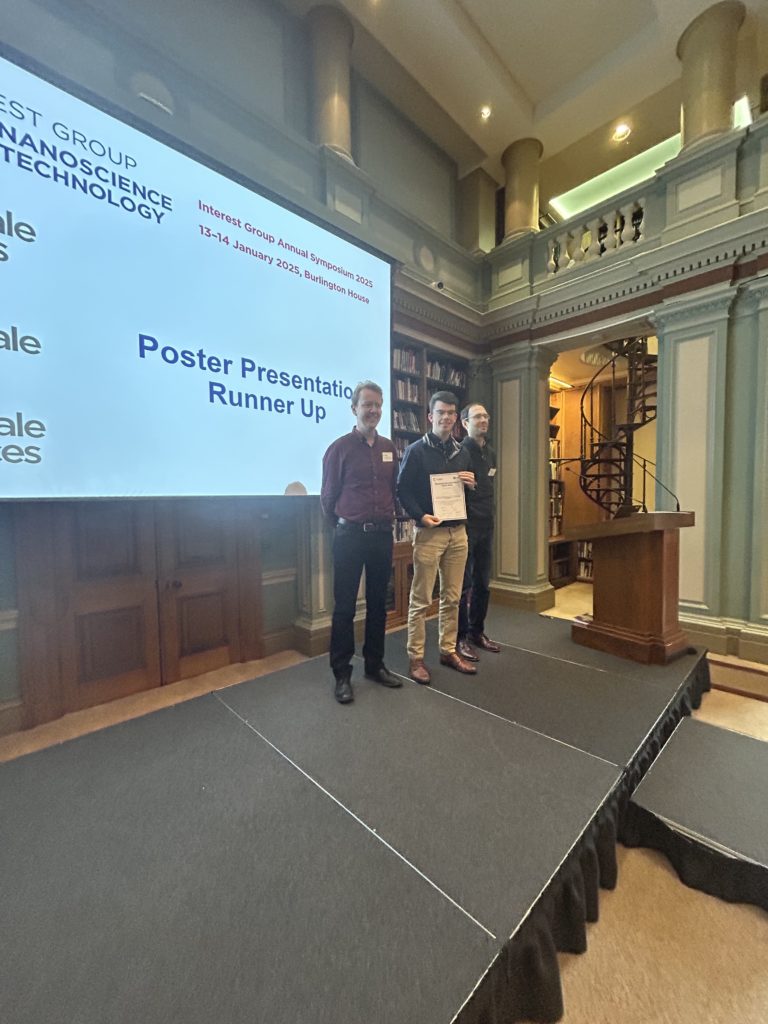
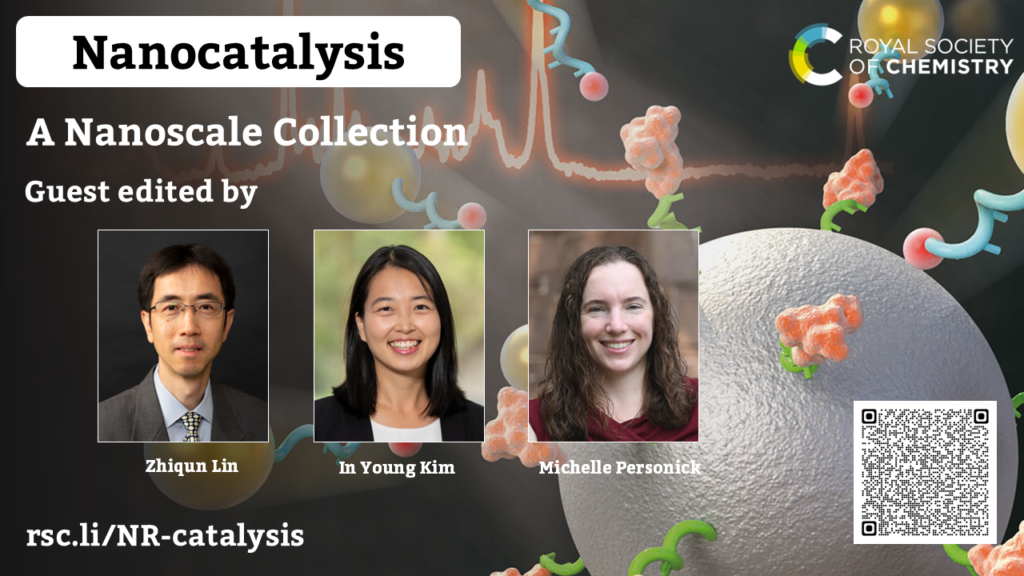
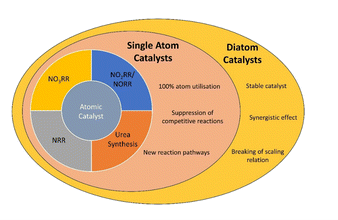
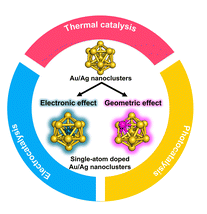 Atomically precise Au and Ag nanoclusters doped with a single atom as model alloy catalysts.
Atomically precise Au and Ag nanoclusters doped with a single atom as model alloy catalysts.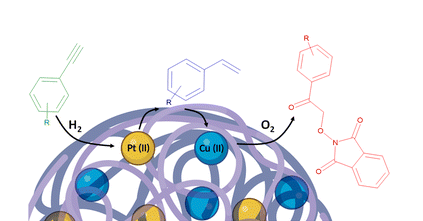 Consecutive one-pot alkyne semihydrogenation/alkene dioxygenation reactions by Pt(ii)/Cu(ii) single-chain nanoparticles in green solvent.
Consecutive one-pot alkyne semihydrogenation/alkene dioxygenation reactions by Pt(ii)/Cu(ii) single-chain nanoparticles in green solvent.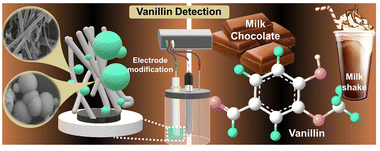 Neodymium niobate nanospheres on functionalized carbon nanofibers: a nanoengineering approach for highly sensitive vanillin detection.
Neodymium niobate nanospheres on functionalized carbon nanofibers: a nanoengineering approach for highly sensitive vanillin detection.